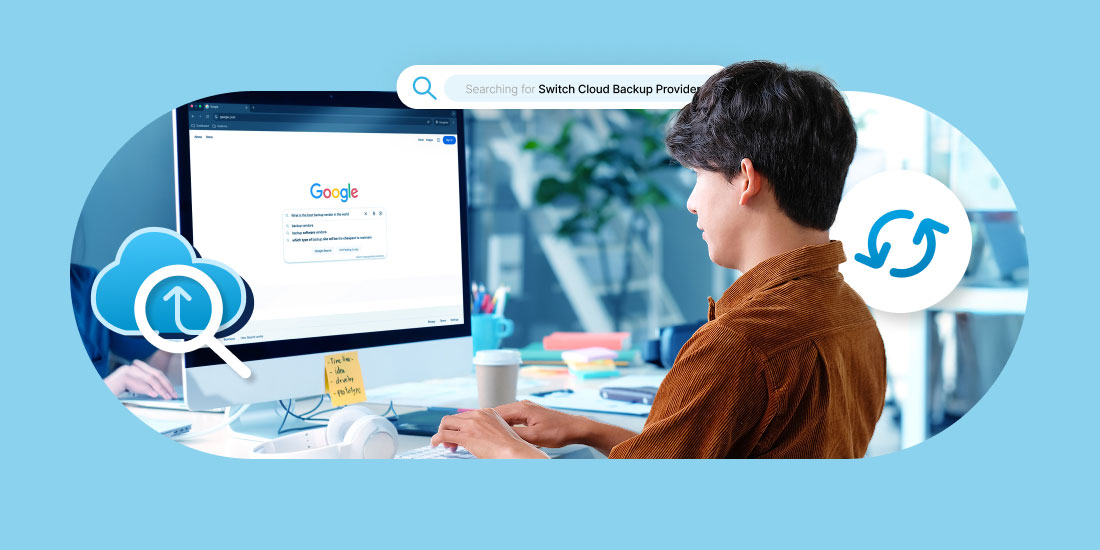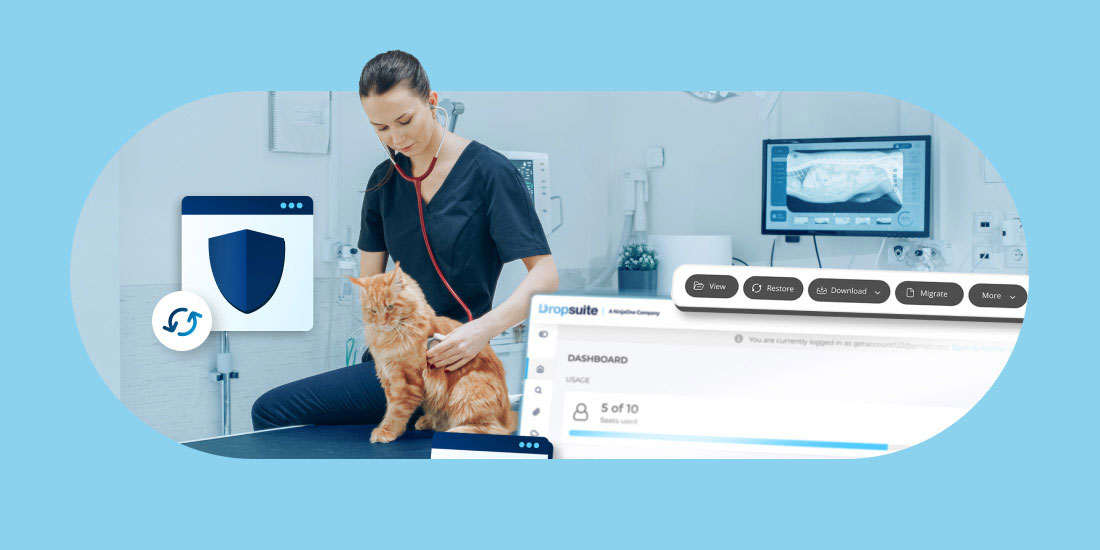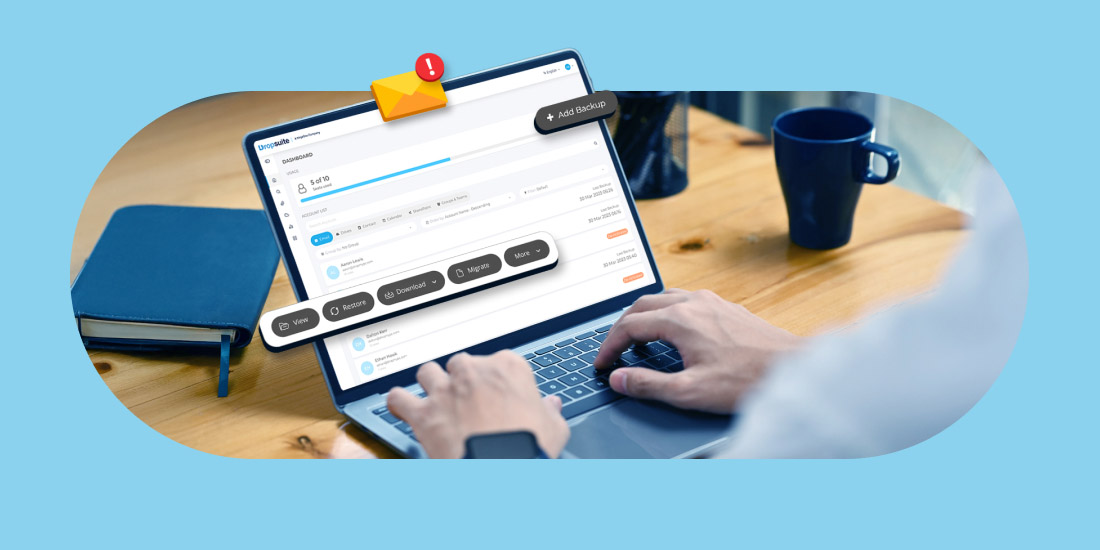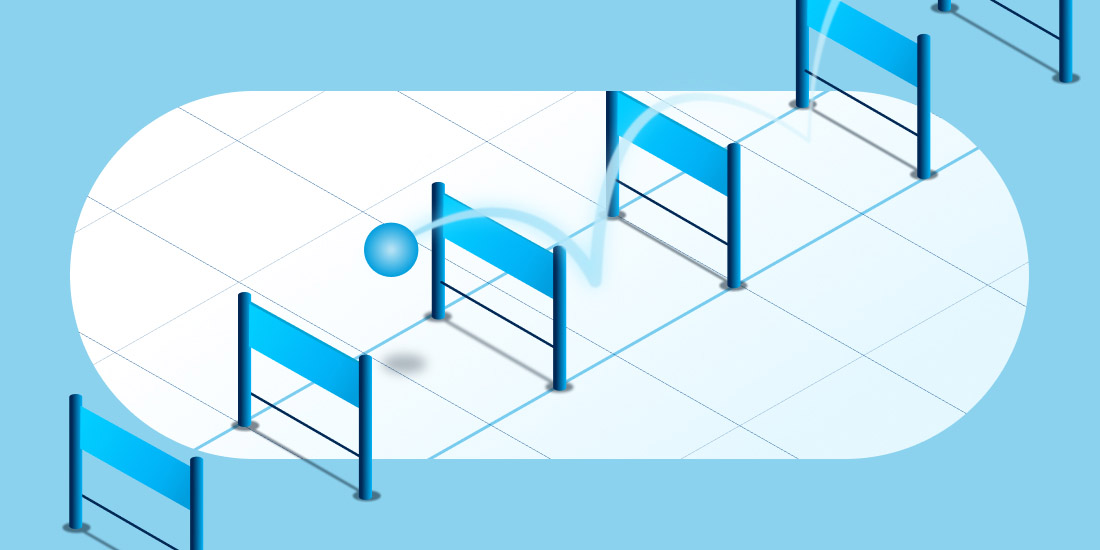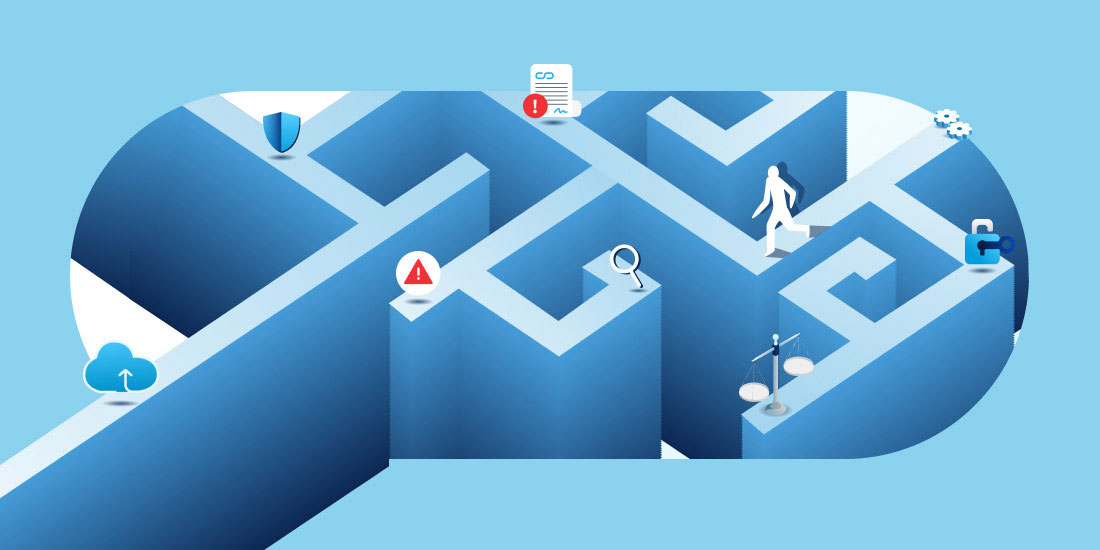Estimated Reading Time: 3 Minutes
Table of Contents
In today’s digital landscape, where data is the lifeblood of organizations, the need for a robust backup strategy has never been greater. From accidental deletions to ransomware attacks, businesses face a range of threats that can compromise critical information. That’s why the 3-2-1 backup rule has emerged as the gold standard for data protection.
In this blog post, we’ll explore how to use Dropsuite to follow the 3-2-1 backup rule to help you secure and access your data effectively, showcasing best practices and strategies to strengthen your backup approach.
What is the 3-2-1 Backup Rule?
The 3-2-1 backup rule is a simple yet highly effective approach to safeguarding your clients’ business data:
- Keep 3 copies of your data: This includes the production data and at least two copies.
- Use 2 different storage mediums: Store your data on two distinct media types to enhance redundancy and reduce the risk of failure.
- Store at least 1 copy off-site: To ensure data safety, have one backup copy stored in an off-site location, away from your production data and on-site backups.
This rule was designed to maximize redundancy, reduce potential risks, and offer peace of mind. However, as technology has advanced, so has the way we apply this guideline. Today, with much of our data hosted by cloud providers like Microsoft, AWS, or Google, the principles of the 3-2-1 rule are being adapted to fit modern environments.
What Does Offsite Mean for Cloud SaaS Data Protection?
When the 3-2-1 backup rule was first introduced, “offsite” had a very literal meaning: backup data was physically stored in a location separate from your office (or perhaps even the basement). This setup created a clear physical “air gap,” ensuring that if your primary data was compromised, the backup remained secure and isolated from the main environment.
However, with the migration to the cloud, organizations have shifted away from traditional storage methods like tape and the consensus in the industry is that the rule needs a refresh. In simple terms, your backup data should be stored in a different cloud environment than your production data, creating a logical “air gap”, much like storing backup tapes in a separate physical location. This means keeping your backup copies independent of the primary cloud provider you use, whether that’s Microsoft, AWS, or Google.
Dropsuite’s Approach to the 3-2-1 Rule for Backups
As businesses increasingly adopt SaaS solutions, they generate more data in the cloud, which can create an exposure in data protection if air-gapped backups aren’t implemented. A major risk arises when both production and backup data are stored in the same cloud environment. In such cases, a single data loss event or cyberattack could affect both production data and its backup, leaving businesses vulnerable.
To qualify as a true backup, data must be stored separately from the original. Amazon Web Services (AWS) defines a backup as “a copy of your system, configuration, or application data that’s stored separately from the original.” For example, if SaaS applications run on Microsoft Azure, a true backup copy should be stored outside of Azure’s environment to ensure better protection.
Dropsuite’s Cloud offering is built on AWS, a robust and secure cloud platform that meets strict security and compliance standards. Our SaaS solution leverages the AWS secure stack, which provides advanced features designed to safeguard customer data and applications. This stack helps protect against unauthorized access, misuse, disclosure, or data loss, ensuring our customers’ data remains secure and resilient.
Here’s how Dropsuite supports on the 3-2-1 backup rule:
3 Copies of Data
Your client’s Microsoft 365 or Google Workspace data represents the production data. Dropsuite creates a backup copy of this data and stores it securely in AWS S3. AWS replicates this backup across two availability zones within the same region, ensuring there are three separate copies of the data for redundancy and resilience.
2 Different Storage Mediums
The original data remains within the customer’s primary cloud environment. Dropsuite’s backup data resides in Amazon S3, leveraging an entirely separate infrastructure and cloud provider.
1 Copy Offsite
With Dropsuite, the backup copies in AWS S3 are stored by design in a separate location from your data in Microsoft 365 or Google Workspace.
Moreover, AWS creates multiple copies in different availability zones within the same region. This ensures resilience to local disasters while maintaining fast recovery times.

Figure 1 – 3-2-1 Backup Rule at Dropsuite

Figure 2 – AWS Regions and Availability Zones (Source)
Why Dropsuite’s Approach Stands Out
Dropsuite offers a fully managed, cloud-based solution designed to simplify data protection. When Dropsuite backs up data, it is encrypted using AES 256-bit encryption and then replicated by AWS across two separate Availability Zones (AZ) in the same region.
This ensures you have three separate copies of your data stored in three different locations. The encryption ensures that only authorized personnel within your organization can access or restore the data, providing a secure and accessible offsite backup at all times.
Our cloud-native, scalable, 100% SaaS solution leverages the simplicity and power of the cloud. It provides a single solution for backup and disaster recovery, eDiscovery, legal hold, and compliance.
Real-Life Scenarios: The Power of 3-2-1
To understand the importance of the 3-2-1 rule for backups, let’s look at a few scenarios where it proves invaluable:
- Ransomware Attacks: A business hit by ransomware can quickly recover its business data from secure backups without paying a ransom.
- Regulatory Compliance: Businesses subject to compliance requirements can retain immutable backups stored separately from their production environment, ensuring they meet legal and audit obligations even if primary data is lost or altered.
- Regional Outages: If a localized outage affects Azure or Google Cloud Platform, the offsite AWS backup ensures data availability and business continuity.
Conclusion
The 3-2-1 backup rule remains a cornerstone of effective data protection, and Dropsuite ensures you can achieve it with ease and confidence. By combining the technologies of different cloud providers, we provide a seamless, secure, and scalable backup solution tailored to your business needs.
If you want to explore how Dropsuite can help you implement the 3-2-1 backup rule, reach out to us today.

